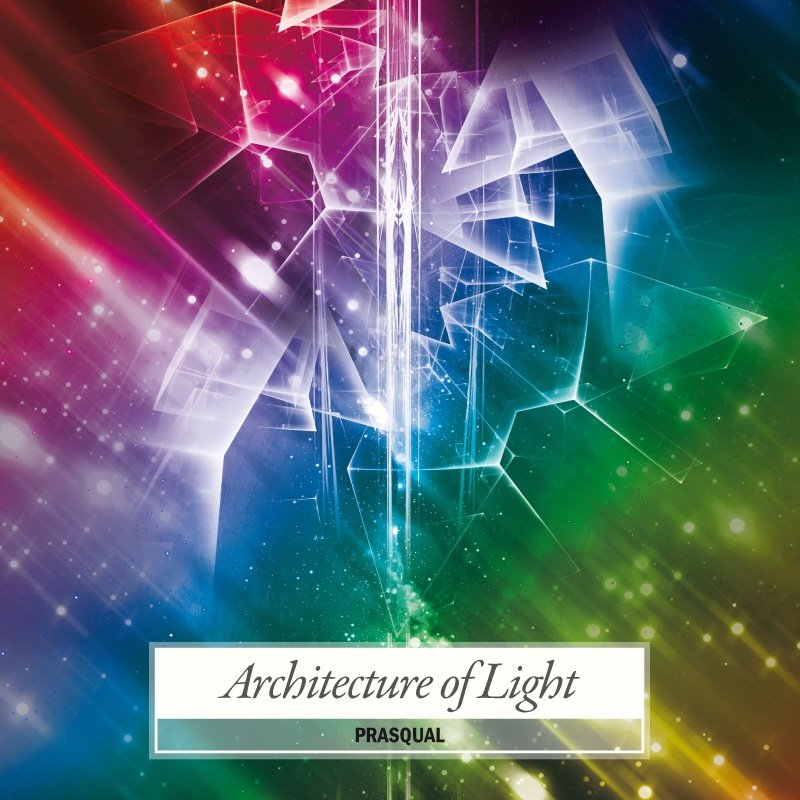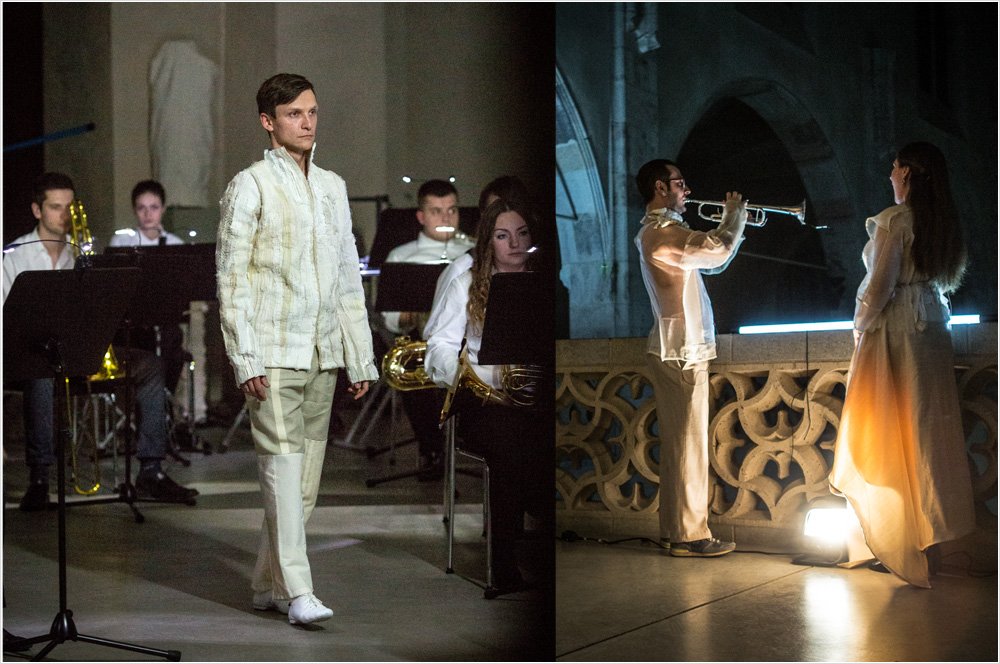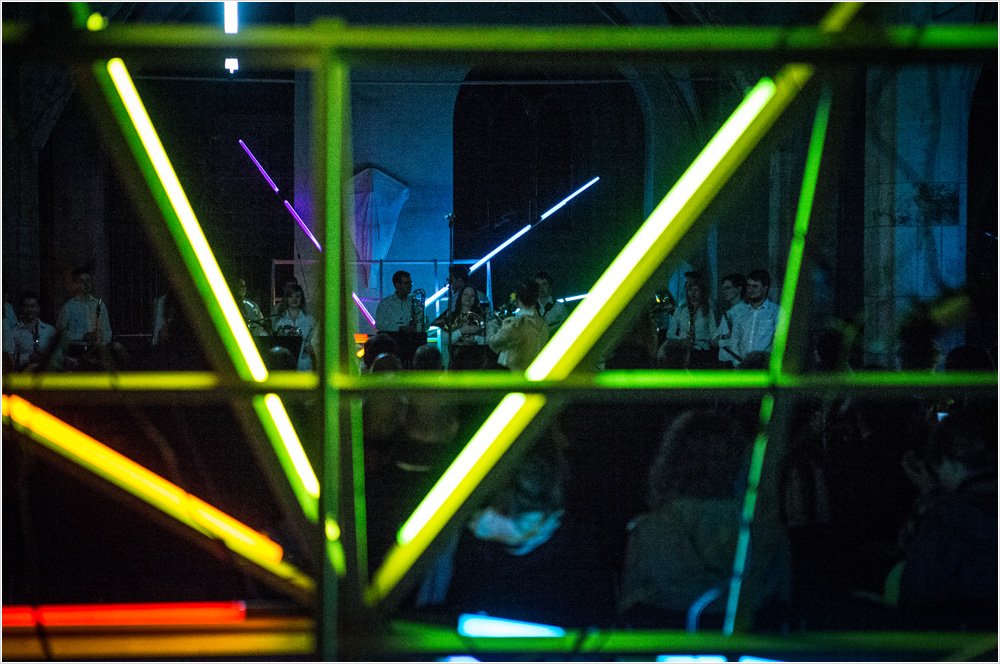Added to cart


Prasqual
126 | OPUS 11 | 2016/2017 | DVD
Prasqual’s architecture of light is the movement, it is the space that surrounds us. The space in which we live, move and breathe. A space that combines various traditions and cultures, past and future, and at the same time is very contemporary. It is music that takes root, shapes identity, but also changes, transforms and transposes. Music of another dimension.
The Architecture of Light - the third part of the Orlando opera project - takes us on a cosmogonic journey from the beginning to the end of the world. At the same time, it is a journey into the depths of sound and time. Two soloists (Chelsey Schill - soprano and Nathan Plante - trumpeter) lead the members of the orchestra through a series of seven rituals, in order to unite in the last one in a mystical union, in a time without time and eternity without end. The title of the work in three languages (English, Polish, German) emerges three times from the electronic sound circulating around the audience.
After the Orchestra's Entry, the soloists perform an Invocation to Light three times (Light that is neither the light of the sun, nor the moon, nor the fire!). The falling chords of the Descending Orchestra lead to the Ritual of Darkness, in which the tubes separate to form two independent elements in space.
The clarinets call the tubas back to the orchestra and after "spectral modulation" the Soloists announce the time of the Transition Ritual. The four oboists in the procession go to four podiums arranged around the audience.
The soloists interrupt the procession three times, playing an ironic game with a transition motif (text in French: transition, transformation, transfiguration / transmission, transubstantiation / transmigration, transcription, transportation, transmutation, translation, transitoirement, transgression). The oboists make three attempts to perform the ritual. Music in four tempos simultaneously, each time with a different musical material (1. Ancient Greek folk song, 2. Medieval virelai Machauta, 3. PRASQUAL). They are warned twice by the soloists, and only when the trumpeter, at the soprano's request, gives the Orlando motif from THE ARCHITECTURE OF LOVE - the ritual can be fulfilled, which evokes Joy after Passage in the orchestra.
While the oboists return to the orchestra, the saxophonists leave for the Ritual of Love. Eight love games in a spiral, with the intermezzo of the horns, symbolically reflect the form of the entire piece. After this ritual, Orlando dreams the first electronic dream - Dream of Planuba, from which emerges the Blood Ritual played by three trombonists in three tempos simultaneously. The basic 4: 5: 7 aspect ratio organizes the musical course in vertical, horizontal and diagonal dimensions. After the percussion intervention comes Naathayn - almost the entire two-voice cadence of the trumpeter. The soloists announce a Ritual of Light played in space by four clarinetists. After this ritual, Orlando dreams a second electronic dream - Dream of Heliati.
The procession of drummers with gongs leads to the Ritual of the Game. An unusual end with a quick change of places in space during the dialogue of drummers (Italian: dal cielo al cielo fin alla gran luce del Dio!) With Soloists ("light" in Hebrew, Arabic, Swahili and Creole from Haiti) and trombone players. The drummers' return to the orchestra ends with the Star Constellations, which is immediately followed by the Rite of Eternity for four French horns with a subtle accompaniment of electronics and the intervention of saxophones.
After the Soloists' commentary, the orchestra begins to play the last ritual - the Soloists unite in the Ritual of Oneness, fuse with each other and disappear into the Eternal Light. The Last Electronic Music closes the performance. The orchestra leaves the space playing music that can no longer exist: Everything has become One, Eternity Without an End has begun.
Buy



